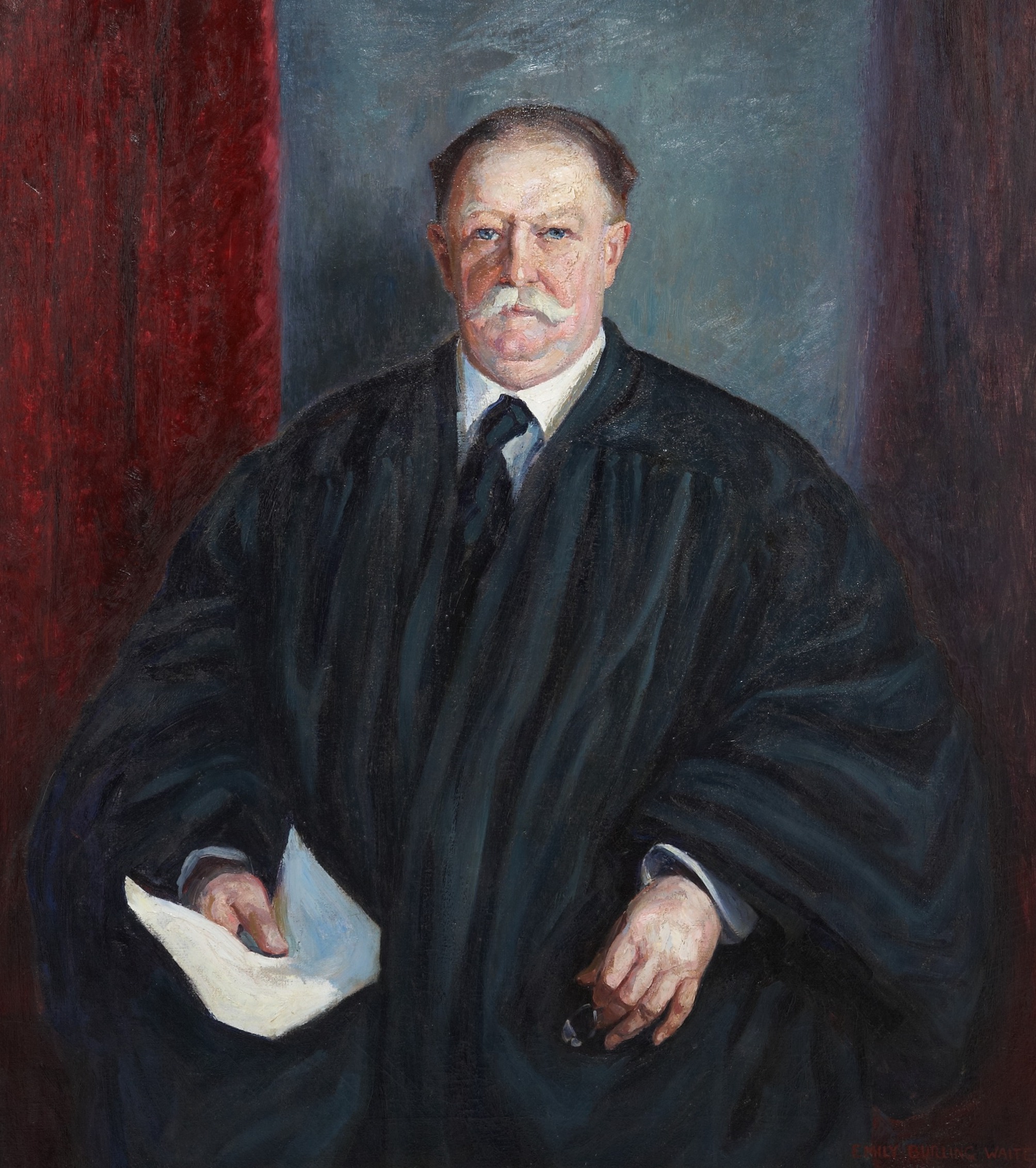
By Jim O’Neal
The election of 1920 brought to the presidency a man universally regarded as less than mediocre: Warren Gamaliel Harding of Marion, Ohio.
He was clearly not up to the job and his scandal-ridden administration was perhaps the worst. It was widely known that he soon became disenchanted. “My God,” he told renowned editor William Allen White, “this is a hell of a job! … My friends, my damn friends, they’re the ones that keep me walking the floor nights!” And in a moment of retrospection, he admitted to Nicholas Murray Butler, president of Columbia University, “I am not fit for this office and never should have been here.”
His associates, dubbed the “Ohio Gang,” and his senate colleagues had chosen Harding, a “presidential-looking man,” possibly because they sensed opportunity. Yet Harding’s public embrace of a “return to normalcy” had widespread popular support and it had been a long eight years since Republicans controlled the White House. But still, the evidence of financial scandals penetrating his administration could hardly be ignored. Although some of the worst, such as the Teapot Dome Scandal (which involved his departments of Interior, Justice and the Navy), did not break until after his demise, he was far from unpopular.
One man who was delighted with Harding’s election was ex-President William Howard Taft, who was obsessed with joining the Supreme Court and had been patiently waiting for another Republican president. However, he made it abundantly clear that it had to be as chief justice and not a mere associate. The sitting chief justice – Edward Douglass White – had been elevated by Taft in 1910, and had purposely delayed his retirement pending a Republican in the WH. He even conveniently died on May 19, 1921, just three months after Harding’s inauguration.
The public was expecting an instant appointment. But President Harding procrastinated and the 63-year-old Taft, filled with anxiety and anticipation, used intermediaries to lobby the president vigorously. Finally, Harding concurred and in June 1921, Taft was confirmed 61-4 as chief justice on the same day he was nominated … without even a committee meeting. In a first, the chief justice was succeeded by the president who had nominated him.
New Chief Justice Taft exulted: “I love judges. I love courts. They are my ideas on earth of what we shall meet afterwards in heaven under a just God.” The greatest aspiration of his life had been fulfilled at last!
Few worked as hard on the court, and his dedication and affection for the court are unparalleled. During his time, he wrote 20 percent of the opinions and provided administrative and technical leadership second to none. His orchestration of consensus, of amassing the court into a majority, was often spectacular. He proved to be a superb judicial leader, even in the face of a seriously divided, backlogged, contentious court – skills rarely displayed for many years.
William Howard Taft served in his beloved center chair until acute circulatory ailments resulted in a series of crippling strokes. The result was a grief-stricken resignation on Feb. 3, 1930. He died one month later and became the first president and the first Supreme Court justice to be buried at Arlington National Cemetery.
The fat gentleman finally got to sing – and then it was over.
 Intelligent Collector blogger JIM O’NEAL is an avid collector and history buff. He is president and CEO of Frito-Lay International [retired] and earlier served as chairman and CEO of PepsiCo Restaurants International [KFC Pizza Hut and Taco Bell].
Intelligent Collector blogger JIM O’NEAL is an avid collector and history buff. He is president and CEO of Frito-Lay International [retired] and earlier served as chairman and CEO of PepsiCo Restaurants International [KFC Pizza Hut and Taco Bell].
